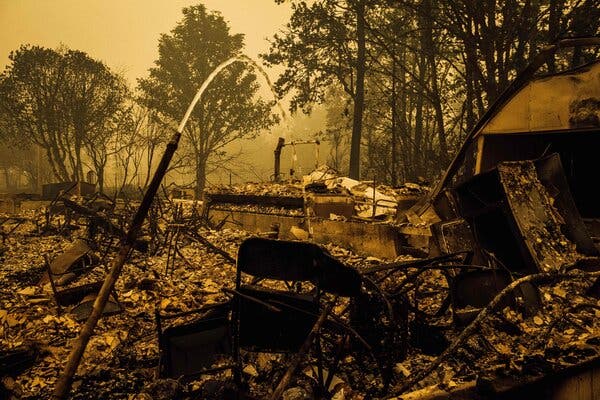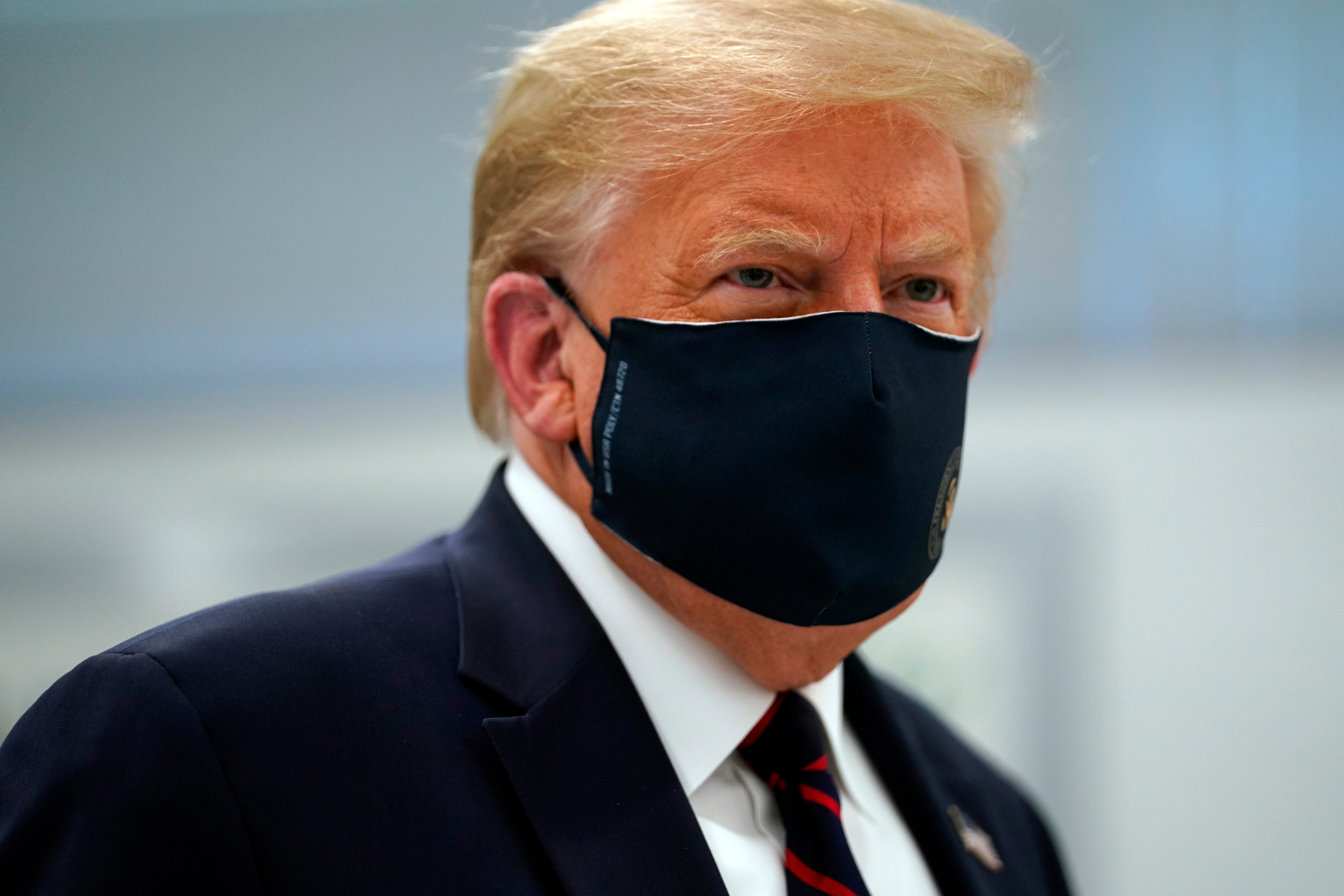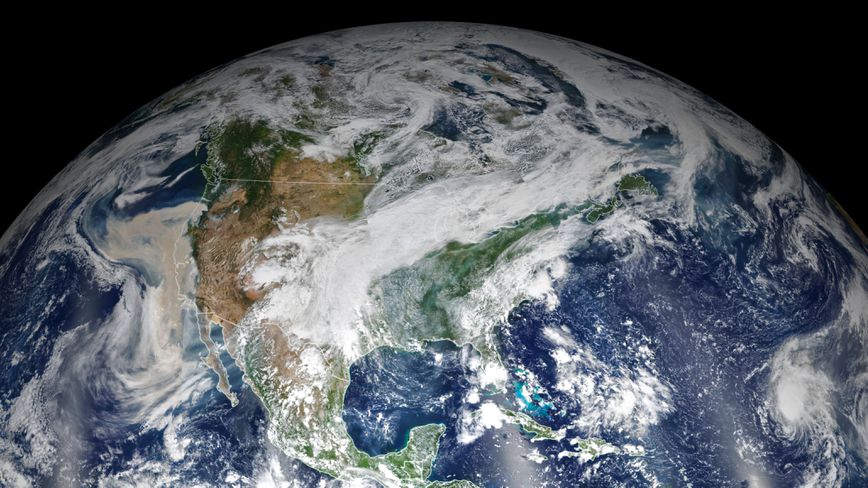Kathryn Elsesser/Agence France-Presse — Getty Images Two months after a wildfire burned through Paradise, Calif., in 2018, Kevin Phillips, then a manager for town’s irrigation district, walked from one destroyed home to another. Burned out cars, the occasional chimney and the melted skeletons of washers and dryers were the only recognizable shapes. “You started to actually be shocked when you saw a standing structure,” he said. Mr. Phillips, now Paradise’s town manager , was following the team taking samples from intact water meters connected to homes that were now reduced to gray ash. He knew from the Tubbs Fire in 2017 that harmful toxins were likely in the water distribution system: Rapid action would be needed to protect people returning to the community from the dangers of toxins like benzene, which can cause nausea and vomiting in the short-term, or even cancer over time. Wildfires, which turned skies a dim orange over cities from Seattle to Santa Cruz this year, are increasingly engulfing people’s homes, continuing to rage in California, Oregon, Washington and Colorado in recent weeks. But even when homes don’t burn, other dangers arise in the aftermath, and experts are focusing more attention on what happens to […]


Add a comment




